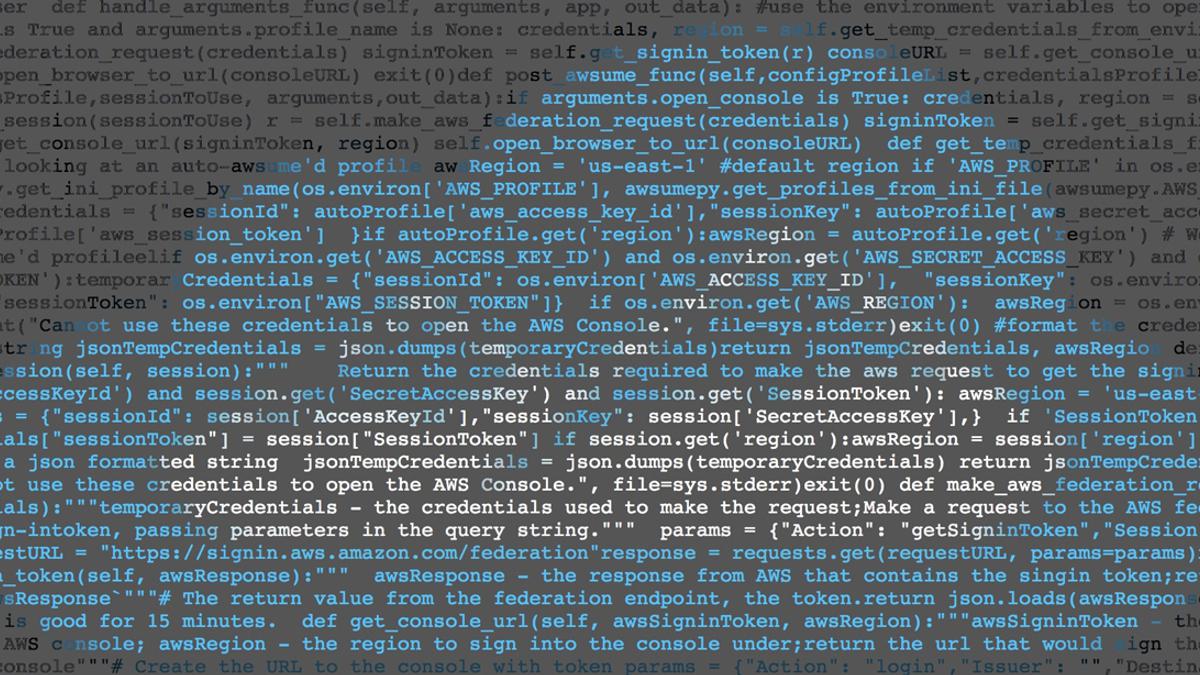
Blog
Enterprise CI/CD Best Practices
How can we work within the constraints of a large organization to develop CI/CD flows that help us deploy applications quickly, safely, and accountably on AWS?

DevOps on AWS - Tools, processes, and enablement to make cloud native DevOps work for you
At Trek10, we leverage the best AWS native and third party tools for code-defined infrastructure, continuous integration, and automated deployment pipelines. As an AWS DevOps Competency Partner, we provide the AWS-focused expertise and DevOps methodologies that make our clients’ software output more efficient, reliable, and high quality. Whether your preference is CodePipeline, GitLab, Jenkins or other tooling, Trek10 has a set of best practices to optimize your workflow.
At Trek10, we pride ourselves on pushing the cutting edge and defining best practices around cloud native DevOps tooling. This is why we partnered with GitLab on a best practices design for AWS multi-account SAM deployments with GitLab CI. Check out the blog post to learn more.
When enterprise developers wanted a simpler way to implement CI/CD pipelines with AWS’s Serverless Application Model (SAM), AWS and CloudBees turned to the Trek10 DevOps team. Trek10’s DevOps engineers worked closely with the AWS SAM and the Jenkins teams to produce a plugin that packages both CloudFormation and SAM templates with a security-first approach.
This webinar, produced by Trek10 and AWS, defines best practices for designing an AWS multi-account CI/CD framework that is scalable to hundreds of AWS accounts. We provide an approach for automating dynamic feature branch pipelines, discuss local vs. cloud testing, and review secrets management with cross-account security.
Thanks for reaching out to us! Our team will contact you shortly. In the meantime, CloudProse, the Trek10 blog, is full of useful information!